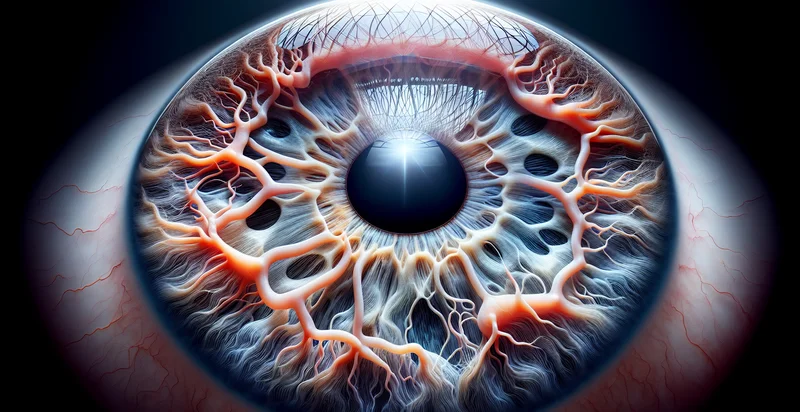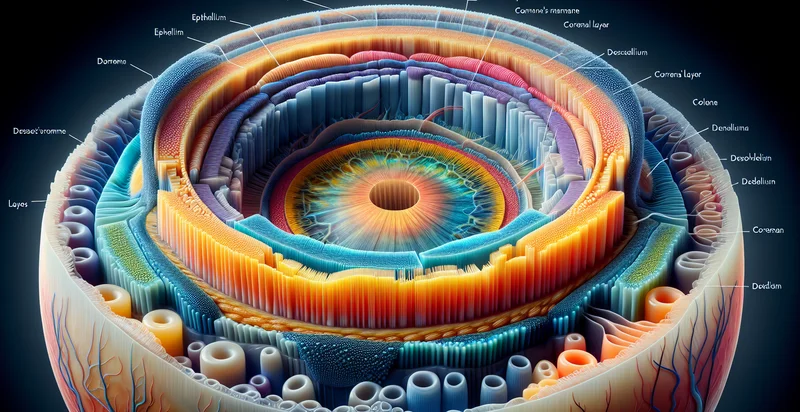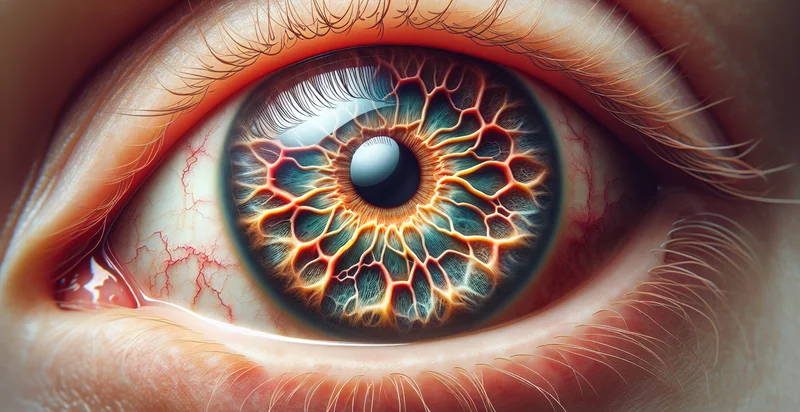Identify corneal curvature
using AI
Below is a free classifier to identify corneal curvature. Just upload your image, and our AI will predict the corneal curvature type based on your input data. - in just seconds.

Contact us for API access
Or, use Nyckel to build highly-accurate custom classifiers in just minutes. No PhD required.
Get started
import nyckel
credentials = nyckel.Credentials("YOUR_CLIENT_ID", "YOUR_CLIENT_SECRET")
nyckel.invoke("corneal-curvature", "your_image_url", credentials)
fetch('https://www.nyckel.com/v1/functions/corneal-curvature/invoke', {
method: 'POST',
headers: {
'Authorization': 'Bearer ' + 'YOUR_BEARER_TOKEN',
'Content-Type': 'application/json',
},
body: JSON.stringify(
{"data": "your_image_url"}
)
})
.then(response => response.json())
.then(data => console.log(data));
curl -X POST \
-H "Content-Type: application/json" \
-H "Authorization: Bearer YOUR_BEARER_TOKEN" \
-d '{"data": "your_image_url"}' \
https://www.nyckel.com/v1/functions/corneal-curvature/invoke
How this classifier works
To start, upload your image. Our AI tool will then predict the corneal curvature type based on your input data..
This pretrained image model uses a Nyckel-created dataset and has 13 labels, including Aspheric, Asthenopic, Flat, Hyperopic, Irregular, Keratoconus, Myopic, Normal, Oblate and Prolate.
We'll also show a confidence score (the higher the number, the more confident the AI model is around the corneal curvature type based on your input data.).
Whether you're just curious or building corneal curvature detection into your application, we hope our classifier proves helpful.
Related Classifiers
Need to identify corneal curvature at scale?
Get API or Zapier access to this classifier for free. It's perfect for:
- Corneal Disease Diagnosis: Leverage the false image classification function to enhance the accuracy of diagnosing corneal diseases by identifying abnormal curvature patterns. This can lead to earlier detection and treatment, ultimately improving patient outcomes and reducing healthcare costs.
- Custom Contact Lens Fitting: Implement the corneal curvature identifier to personalize contact lens fitting for patients. By accurately measuring the curvature, eye care professionals can better advise on lenses that optimize comfort and vision correction, leading to increased customer satisfaction.
- Pre-surgical Evaluation: Utilize the function during preoperative assessments for refractive surgeries, such as LASIK. By analyzing corneal curvature, surgeons can determine patient eligibility and customize surgical plans, thereby enhancing procedural success rates.
- Telemedicine Integration: Integrate the identifier into telemedicine platforms to facilitate remote eye exams. By enabling accurate assessment of corneal curvature, healthcare providers can deliver reliable diagnostics and treatment recommendations without requiring in-person visits.
- Research and Clinical Trials: Employ the classification function in clinical research to study the relationship between corneal curvature variations and visual impairments. This data can contribute to new treatment protocols and improve understanding of corneal health dynamics.
- Ocular Health Monitoring Apps: Develop mobile applications that utilize the corneal curvature identifier for ongoing ocular health monitoring. Users can regularly check their eye curvature, receive alerts for any irregular changes, and seek timely medical advice, promoting proactive care.
- Insurance Claims Processing: Streamline the claims processing for eye-related treatments by using the identifier to validate medical necessity based on corneal curvature findings. This ensures faster reimbursements and helps insurance providers manage claims more effectively.


